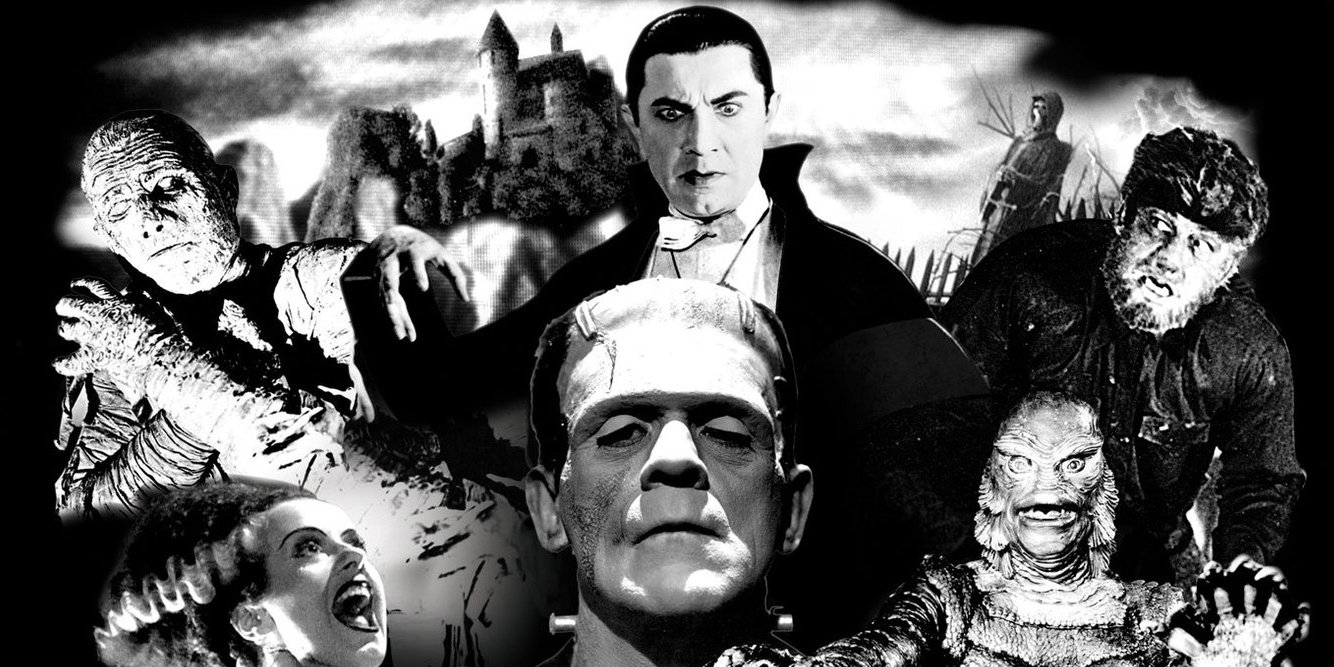Copyright
2018 by Gary L. Pullman
In promoting their horror
films, several studios have relied upon posters which allude to other
works of art. For example, a poster for The
Descent is
similar to the 1954 black-and-white photograph produced by
surrealistic painter Salvador Dali and photographer Philippe Halsman
in which several nude female models pose in such a way that,
collectively, their bodies resemble a human skull. The result is In
Voluptas Mors
(Voluptuous Death).
The
juxtaposition of beautiful nude women with an image of death (the
skull they form) is striking in its contrast. More than nude men,
nude women symbolize life, for it is they who conceive, bear, and
deliver children, thus ensuring the survival of the human species. In
having such vessels of life, so to speak, form an image of death, is
Dali suggesting the ultimate futility of human life? Is he implying
that beauty, sex, pregnancy, and birth are meaningless in the face of
death? Alternatively, maybe he is indicating that, in the face
(almost literally) of death, sex is humanity's only hope, tenuous as
that hope may be.
It's
informative, too, to think of what is missing
from the photograph. The attributes of the models are intact—in
them, as individuals. However, in the image of death that they form
as a group, the skull is stripped of hair, of skin, and of a face.
Gone are the eyes, the nose, the ears, and the lips. Gone, too,
presumably, is the brain inside the cranium. What is left is bone and
the negative spaces of the eye sockets and the places at which the
other facial features once reposed. Stripped of the organs of
sense—the eyes, ears, nose, lips, and skin—the skull is
insensible, a mere thing, its objectivity total. Humanity, as
represented in the women who form the skull, is reduced to bone.
Were
we to ask Dali which of these meanings In
Voluptas Mors
is intended, he would likely reply, “Yes,” meaning that all these
possible interpretations are correct (and, no doubt, many others).
Surrealism
is about opening—or reopening—the doors of perception, about
increasing the possibilities of understanding, about offering the
world to us, new and undiscovered. How, though, might The
Descent's
allusion to this iconic painting be intended?
If
the cave into which the female spelunkers descend is regarded as the
womb and their expedition into the underworld an exploration of
femininity (gender) and womanhood (female sexuality), these
explorers, for whom their excursion does not go well, form the bones
of the skull; their bodies, although still flesh and blood, bear the
stamps of humanity—heads, complete with facial features and organs
of perception; hair; skin; limbs; breasts; genitals; and buttocks, as
well as internal organs—they are yet, at the same time, parts of an
image of death, and a death that has occurred long enough ago to have
reduced the remains to bone.
Paradoxically,
they are literally alive, but figuratively dead, like the
LIFE-IN-DEATH figure that haunts Samuel Taylor Coleridge's The
Rime of the Ancient Mariner.
Although the filmmakers (or poster-makers) may not have had this
allusion consciously in mind, the live female nudes whose bodies
compose the skull on the poster that pro,motes the film appear to
have the same sort of symbolic value as Coleridge's Death-in-Life. In
Voluptas Mors also
appears in a movie poster promoting The
Silence of the Lambs.
Its use of the photograph, which appears on the back of the head of
the Death's-head Hawkmoth that covers Clarisse Starling's (Jodie
Foster's) mouth, is assigned a fairly prosaic significance, according
to “some,” who interpret the image to refer to nothing more than
the seven “victims
in the movie.” Something similar may be true, at the most basic
level, of the women-as-skull poster that promotes The
Descent. The
female spelunkers may be represented symbolically by the models on
the film's poster.
What,
then, do I
think The Descent's
allusion to In Voluptas Mors
represents?
I have provided some clues in this post, and I provide others in my
previous
post concerning The Descent.
In the final analysis, though, what matters is what the individual
him- or herself who is confronted with such allusions makes of them,
for, often, one's interpretations of a work of art, literary or
otherwise, is equally (or more) about him- or herself as it is about
the work of art. Dali would probably agree with this statement, as he
would with most other takes on his art. Concerning The
Descent, the
poster probably creates as many possible meanings as there are
interpreters, which may be a good thing.
Dali
would likely think so.
In
the next few posts, I'll consider a few more horror movies' allusive
posters. In doing so, my commentaries will be a bit more
explicit—most of the time.








.jpg/1200px-Tzvetan_Todorov_no_Fronteiras_do_Pensamento_Porto_Alegre_2012_(7938086378).jpg)











